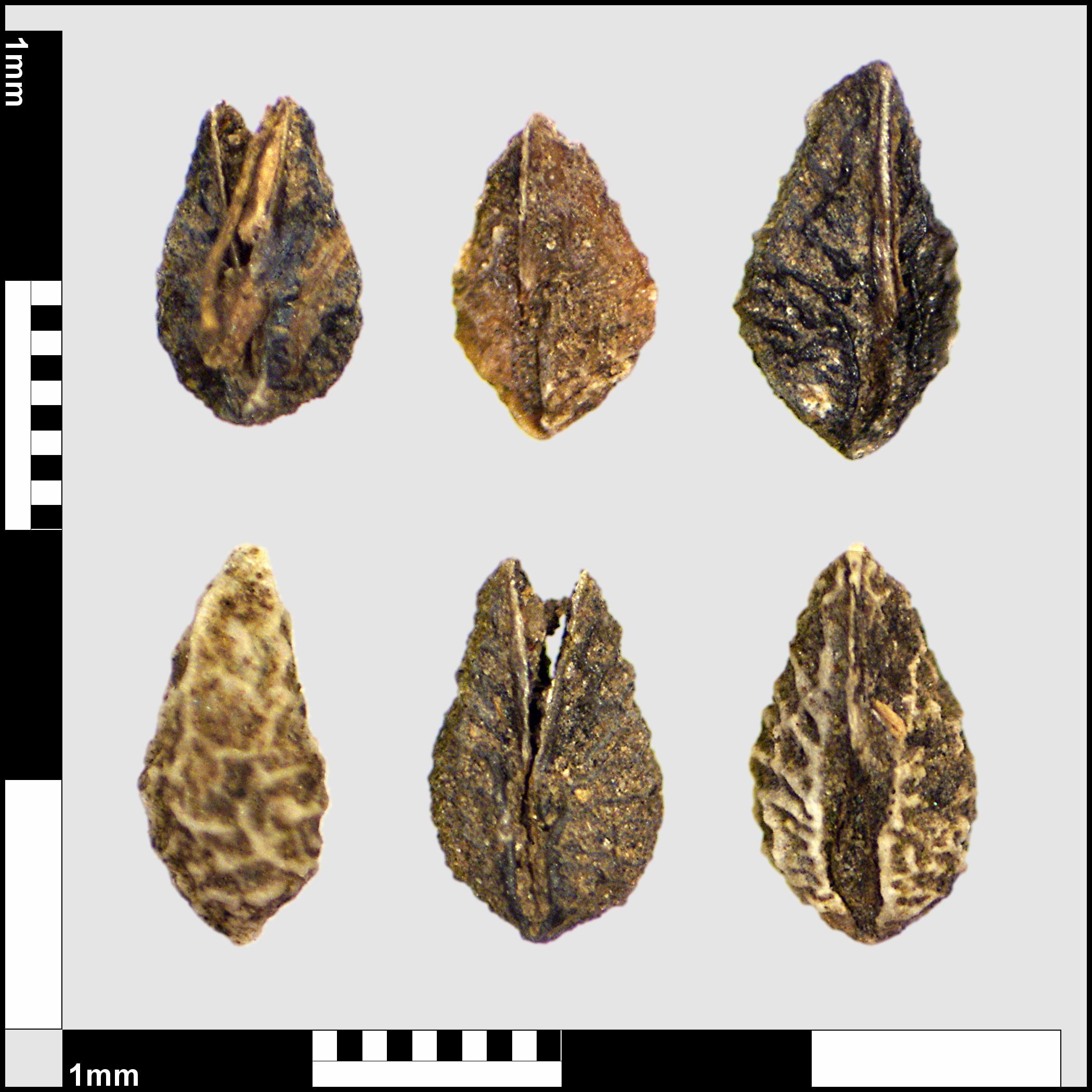Apr 13, 2016
Discovery of the Month: Popcorn from the Past
Seeds from the endangered San Francisco popcorn flower were discovered in an adobe brick.April 2016: From the Presidio Artifact Collection – Adobe Brick Time Machine Saves the SF Popcorn Flower
Did you know the Presidio Archaeology Lab cares for a collection of more than 500,000 discoveries? This extensive assortment is the result of two decades of research in the Presidio. Join us each month as we uncover unique objects and share the stories they reveal about the park’s past.
Have you ever wondered how archaeologists learn what the environment was like in the past?
Here at the Presidio, the adobe bricks that were used to build the first Spanish-era military fort can act as time capsules. When an adobe brick is made, the seeds and pollen in the air are trapped in the mud and become preserved in the brick. By studying the plant pieces inside the adobe bricks, researchers can tell what kinds of plants grew in the area and even what was in bloom when the brick was created.
When the Presidio Officers’ Club was remodeled in 2014, seeds were discovered in an adobe brick recovered from one of the oldest walls in the building – one dating all the way back to the Spanish Period (1776-1821). The seeds are from the San Francisco popcorn flower, or Plagiobothrys diffuses, which grew in the Presidio in the 1700s and 1800s. This discovery is exciting since the San Francisco popcorn flower is now endangered in the state of California and no longer grows in the Presidio. Presidio Trust biologists and environmental restoration experts are now exploring ways to germinate these seeds to see if this rare flower can bloom in the park once again.
